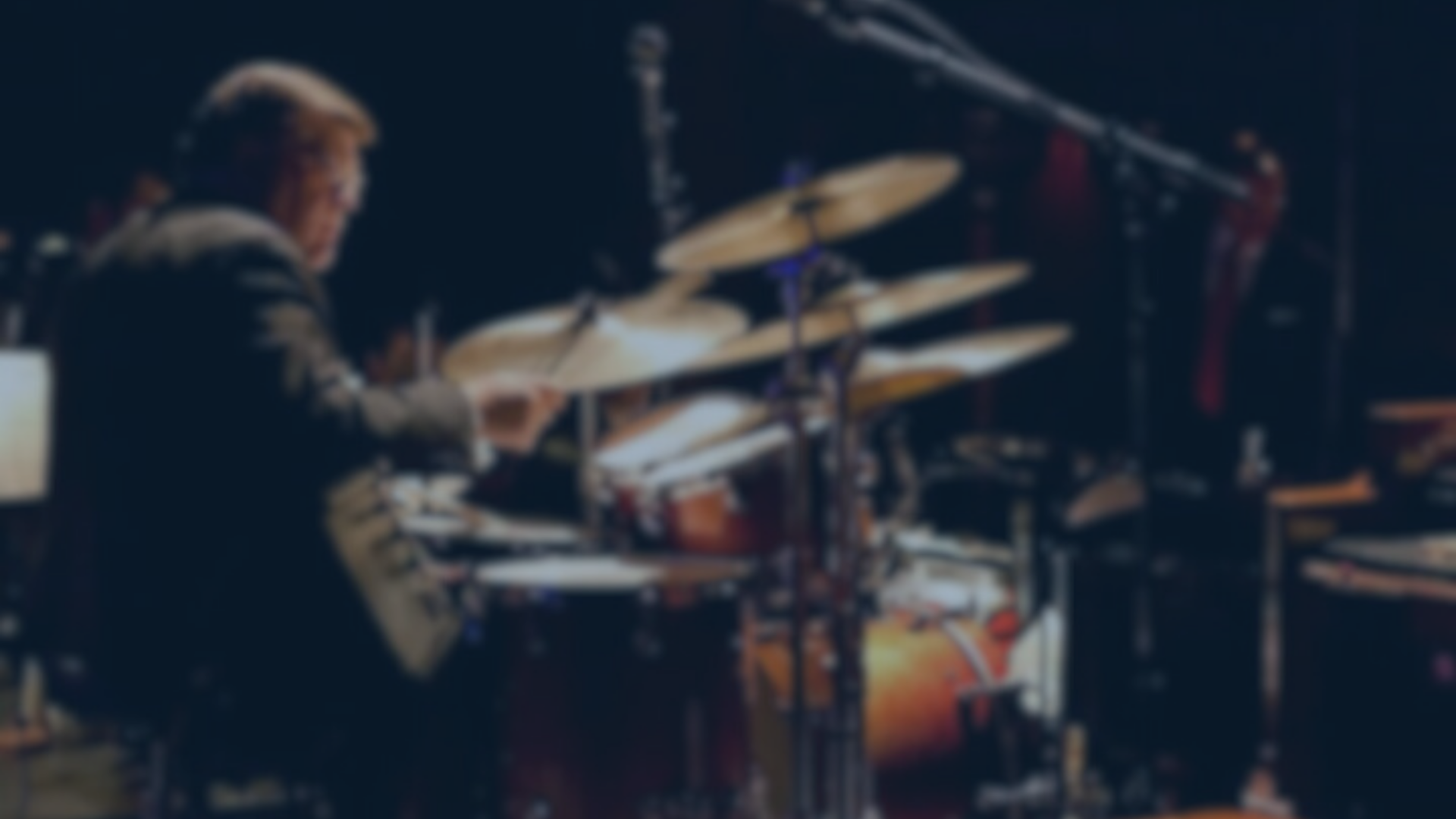


Sing what you want to play; create your personal play-along soundtrack.
Visualize how you wish to look when you play, as an athlete does.
Move how you want to sound…like a dancer, and how you want others to respond to you…like a conductor.
Drumming is motion in time. Realize time and subdivision within your motions.
Drumming is like treading water: relax and you’ll stay afloat…be rigid and you’ll sink.
When you strike a percussion instrument, your goal is to put it into vibration.
Be in control of your technique – don’t let your technique be in control of you.
Your two hands should create one airstream – using even, balanced technique.
Balance your limbs like you walk – with an even gate, not like you have a sore foot.
First, create a full, natural sound on all percussion instruments.
Make sure you are listening to other musicians – not just yourself.
You will rarely be asked to play more complicated or to play more notes.
Think of dynamics like a jar of sound: raise and lower the sticks for volume
Maximum resonance comes with rebound, or with a stroke that EMULATES rebound.
The grip point (fulcrum) is like a door hinge – a tight grip reduces movement and fluidity.
Sticking combinations will create a smooth flow of sounds and varied phrasing.
Think of your set-up as a cockpit of a sports car – everything is within easy reach.
Set up your drums for the style of music you play, not music someone else plays.
Try playing with one stick – it can often simplify and clarify your ideas.
Conceptualize coordination as rhythmic counterpoint.
Over time, technical development may slow, but musicianship can always improve.
Use your time to learn, not just to entertain yourself.
Have fun – make drumming a part of your life on your terms.